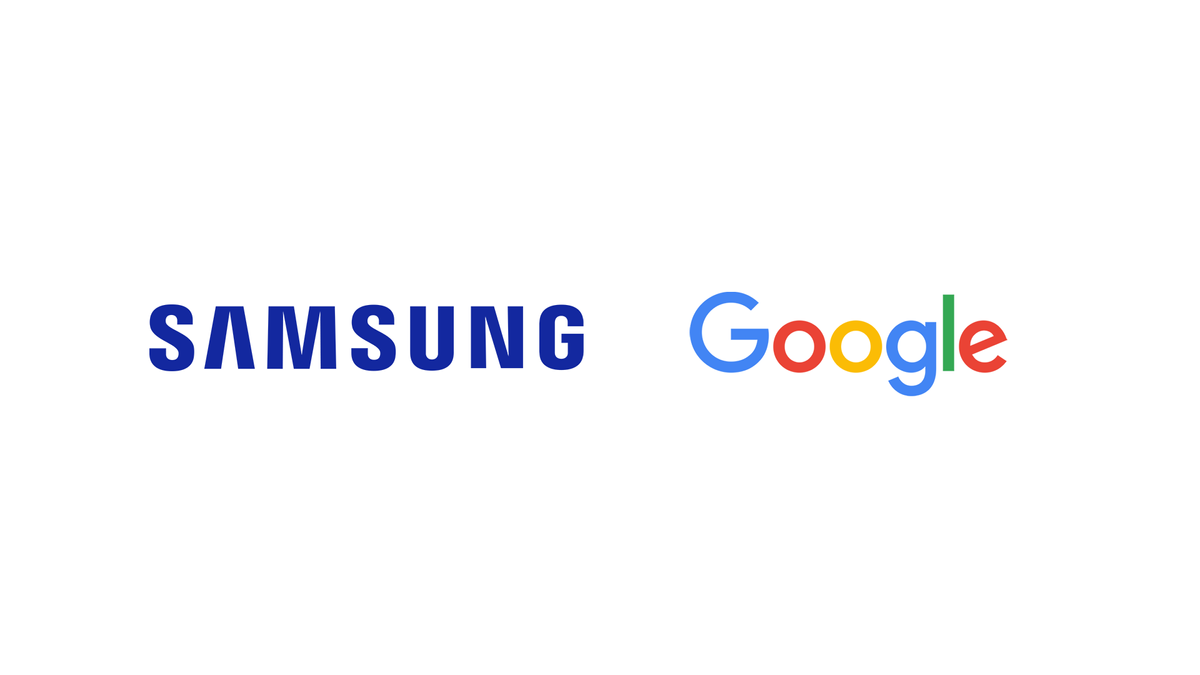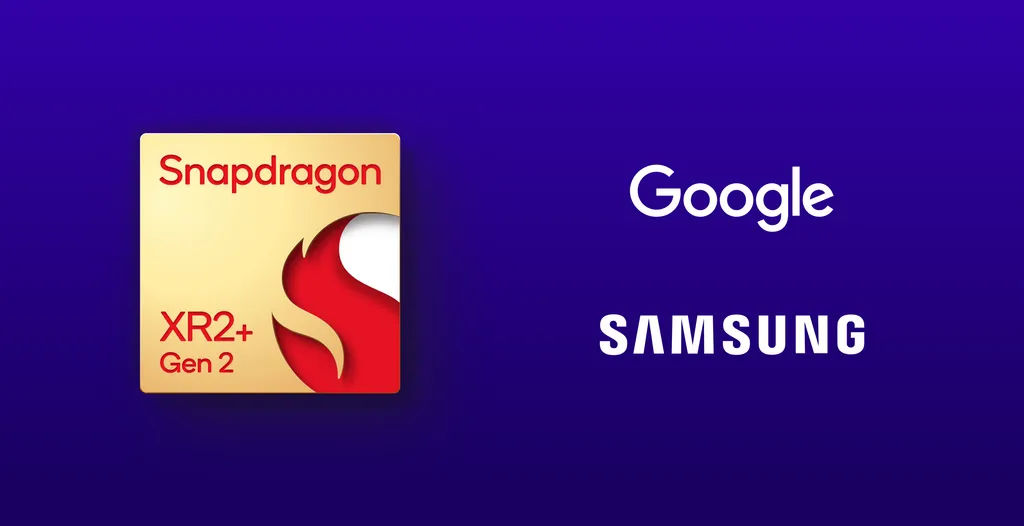Qualcomm just announced the Snapdragon XR2+ Gen 2 chipset.
XR2+ Gen 2 is a higher-end variant of the XR2 Gen 2 chip used in Meta Quest 3, with the GPU clocked 15% higher and the CPU clocked 20% higher.
The new chip also supports higher resolution display output: up to 4.3K per eye at 90Hz or 3.7K per eye at 120Hz. That compares to up to 3.1K per eye at 90Hz or 2.7K per eye at 120Hz for the base XR2 Gen 2.
Finally, the chip includes support for up to 12 concurrent cameras, up from 10 on the base XR2 Gen 2, to enable headsets with a plethora of face and eye tracking sensors.

To be clear, XR2+ Gen 2 isn't a successor to the XR2 Gen 2 that debuted just three months ago. It's a more premium option for higher-priced headsets, including those designed to take on Apple Vision Pro.
It inherits all the advantages of the base XR2 Gen 2 architecture, including the hardware acceleration for camera passthrough that is said to reduce end-to-end latency to around 12 milliseconds.
But that inherited architecture also means that while its GPU and CPU have a higher maximum clockspeed, their performance per watt is identical. Headsets that use XR2+ Gen 2 will need to include larger batteries to achieve the same battery life, assuming they want to actually utilize the extra performance.
| Snapdragon Chip | Year | Process | Used In |
| 835 | 2018 (for VR) |
14nm | Lenovo Mirage Solo Pico G2 Vive Focus Oculus Quest |
| XR2 (Gen 1) | 2020 | 7nm | Quest 2 Pico Neo 3 Vive Focus 3 Pico 4 Vive XR Elite Lynx R1 |
| XR2+ (Gen 1) | 2022 | 7nm | Quest Pro |
| XR2 Gen 2 | 2023 | 4nm | Quest 3 |
| XR2+ Gen 2 | 2024 | 4nm | Samsung headset TBA HTC headset Immersed Visor |
We and some others had speculated that Qualcomm might announce a new XR3 chip line with the new custom Orion CPU cores seen in its recently announced Snapdragon X family to directly take on the CPU performance of the M2 chip in Apple Vision Pro, but that's not the case here.
Qualcomm VP and GM of XR Hugo Swart told UploadVR that the company currently doesn't see the market need for an XR3 line any time soon, but didn't rule out it ever happening some day. Swart also pointed out that Vision Pro requires an external battery, while XR2+ Gen 2 is designed for fully tetherless headsets. For now, a 20% higher clockspeed is all XR2+ Gen 2 promises for the CPU.

The GPU in the XR2 Gen 2 series on the other hand offers incredible performance for a mobile chip, more than double the peak performance of the GPU in the original XR2. Some Quest 3 developers are already using it to deliver "console quality" graphics, and with a 15% higher clock speed on XR2+ Gen 2 developers should be able to achieve even more.

Qualcomm indicated that XR2+ Gen 2 will power Immersed's Visor, Samsung's upcoming Google-powered headset, a yet-to-be-announced new HTC Vive headset, a YVR headset in China, and a fifth headset from a currently undisclosed company.
We'll keep a close eye on Samsung and HTC for any announcements in the coming days, weeks, and months, and we'll bring you details on that undisclosed company too as soon as we find out what it is.

Update January 8: Sony announced that it the company making the fifth XR2+ Gen 2 headset.
Notably absent is Meta, which reportedly canceled its previously planned 2024 Quest Pro 2 in favor of a further out more ambitious model in partnership with LG.






























